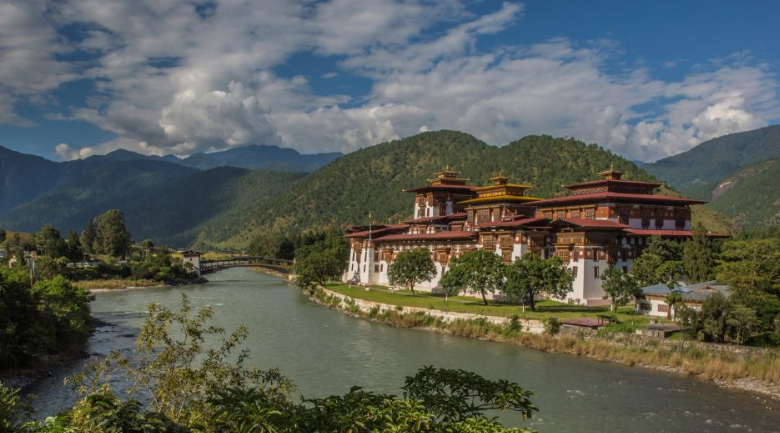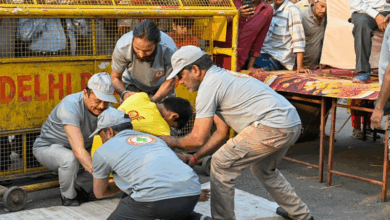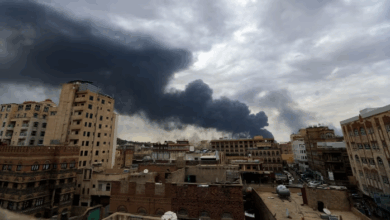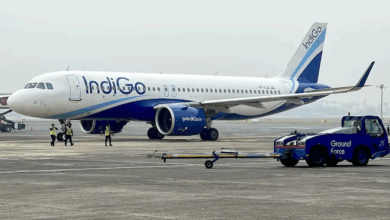Along Bhutan’s “Happy” Trail

The Trans Bhutan Trail served as a crucial commercial, pilgrimage, and communication route for hundreds of years. In actuality, it was the only means of cross-country travel until the national highway was built in the 1906s. The monarchy of Bhutan has reopened this holy hiking trail, which runs 403 kilometers from Haa in the west to Trashigang in the east (close to the border with Tibet), for the first time in 60 years.
A trip that goes beyond walks
The Trans Bhutan Trail includes iconic landmarks in Bhutan along the way and is not merely a never-ending sequence of treks. The Chimi Lhakhang often referred to as the Fertility Temple, is a stop in Punakha that is included on the itinerary. Women who are having trouble getting pregnant are made to carry a wooden phallus around the temple three times in this famed place of magic and miracles. Then there is the Punakha Dzong, probably the most stunning dzong in the nation and one of the top three tourist attractions in Bhutan, along with the Dochula Pass and Tiger Nest Monastery. A suspension bridge provides access to the dzong, and steep wooden stairs are required for admission. This dzong is one of the most spectacular in Bhutan due to its enormous gold Buddha sculptures, outstanding murals, and courtyards filled with bodhi trees.
This one was particularly memorable due to the breathtaking scenery and isolation of the hike. With plank bridges and walkways that traverse summer streams and bogs, the well-marked trail is full of magic. However, the thrills aren’t cheap. The path is frequently steep, rocky, and uneven. But the excruciating exhaustion that comes the next day is more than made up for by the breathtaking sights of mystic streams, carved mountains, and deep, calm lakes. This adventurous climb has a distinct Lost World vibe. This four-hour journey is rewarded with a Bhutanese picnic meal in an apple orchard.
Food & accommodation
Delicious Bhutanese cuisine is one of the trail’s main highlights. Every meal should include plenty of ema datsi, which is Bhutanese for chili and cheese, as well as steamed or fried momos with ezay, a spicy chili sauce. As well as puta or buckwheat noodles, rice is often available. Zaow, puffed red rice, is dipped in savory butter tea and is a national favorite. Camping sites, historic farmhouses, rural homestays, and cozy four-star hotels are among the places to stay along the trail. You can expect breathtaking sights and peace wherever you choose to explore on the trail. There are rainbows everywhere, even on the drive between hikes! So get your hiking boots ready and head out onto the trail.
Facts about Bhutan
Bhutan only has one airport, which is situated in Paro. From Kolkata, Delhi, and Mumbai in India, two airlines, Bhutan Airlines and Druk Air offer flights to Bhutan.
A Sustainable Development Fee (SDF) of Rs 1200 (US$15) per person per day is required for Indian citizens traveling to Bhutan. It is imperative to have a pre-arranged guide, hotel accommodations, and permissions. You can do this on your own or through a Bhutanese agency.
The finest times to visit Bhutan are in March and April when the weather is mild and the rhododendrons are in bloom, and in October and November when the weather is clear and the most well-known events are taking place.
There are numerous itineraries and packages to sample the route, ranging in length from a week to a month to fully explore it (403 km). The length of the stay and the type of lodging are factors in cost.
News Mania Desk






